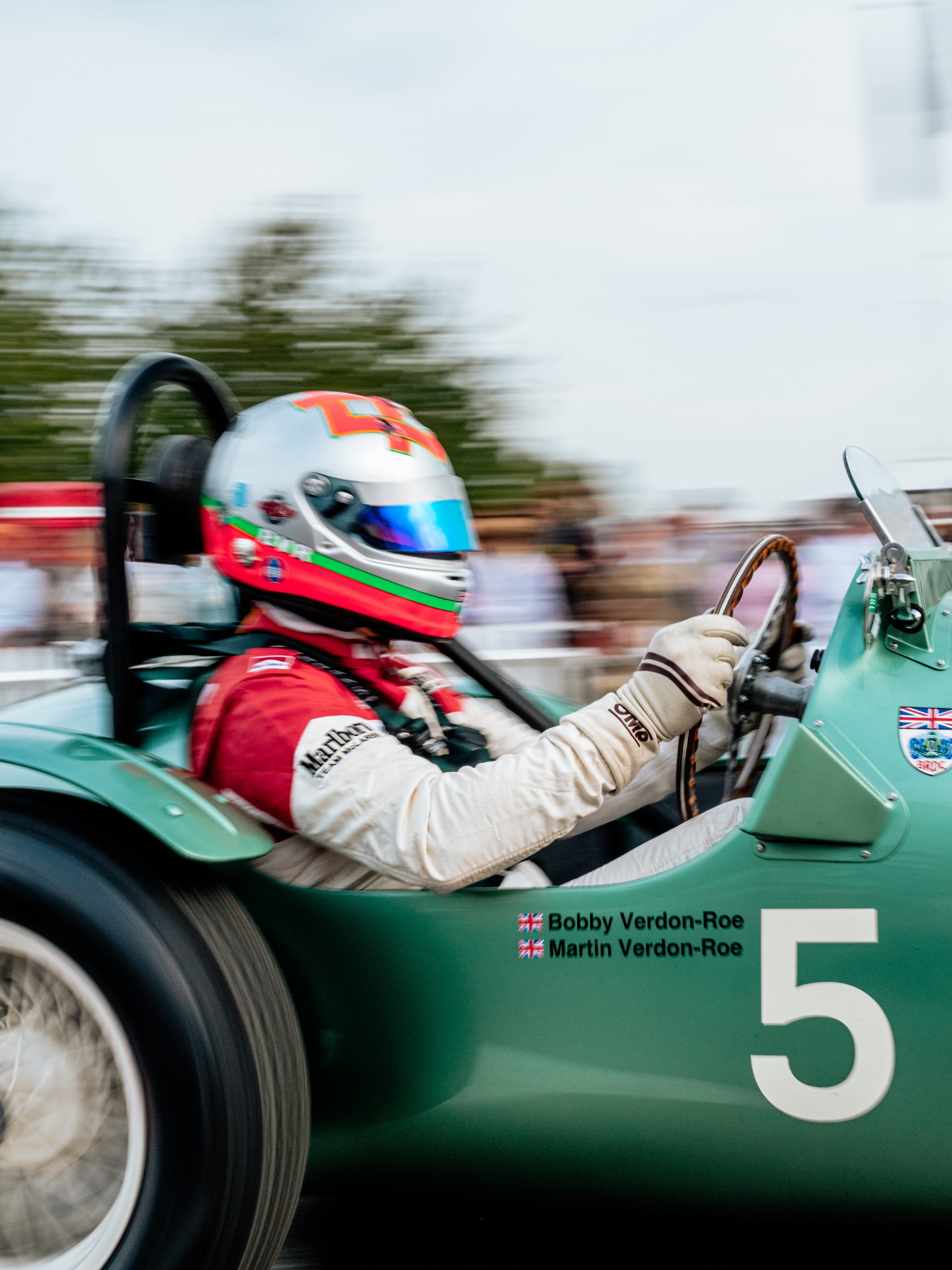W12 Concept – The Volkswagen supercar you forgot
What low-slung 12-cylinder 200mph+ carbon-clad supercar has any business having the German for “people’s car” perched on its posterior? This is a weird one. Absolutely awesome and when you understand it, a decent idea, but still weird. The aforementioned supercar is the Volkswagen W12, which is 20 years old this year.
The sad reality is, that for all that this most leftfield of supercars achieved (for what remained a concept, no less) and for all Volkswagen wanted it to achieve, it’s largely forgotten. Originally unveiled at the Geneva Motor Show in 1997, the original W12 Syncro was a technological pinup with which Volkswagen would show the world what it had in store.
The then-revolutionary W12 engine design featured an unprecedented compact configuration for such a high-capacity high-output unit. In the original concept, it was naturally aspirated and pumped out just over 400bhp. Versions of that engine, the various configurations it has informed and the headline-grabbing machinery in which they’ve been employed might make it one of the greatest achievements in internal combustion since it debuted in the Syncro. Debuting too on this wonderful machine was the Syncro all-wheel-drive system – now going by 4motion – that has permeated Volkswagen’s range over the past few years. Our new long-termer Passat uses it, but it debuted on the W12.
So by all accounts, this is a pretty important car in Volkswagen’s history. Especially as – taken in isolation of all the groundbreaking tech’ it flaunted – the W12 was a drop-dead gorgeous supercar in its own right (incongruous Volkswagen badge and styling cues accepted). At a time not long after McLaren had built its own road car and arguably defined the hypercar genre for generations to come, this low, wide, long, elegant wedge of Italdesign-penned exotica fit right in.
It came at the right time too, for while the supercar pinup was enjoying a renaissance, the means by which a dream-hungry demographic of kids might be exposed to such wonders was expanding. The stunning concept that no one would be able to drive, could be enjoyed in the then-budding world of racing games. Thanks to star titles such as Gran Turismo, Project Gotham Racing and Test Drive, the W12 became many budding car enthusiast’s dream car in an instant, before, in reality, ever turning a wheel.
Of course, like many concepts that are a bit closer to the road than their makers like to let on, the 1997 Syncro was the first in a series of W12 supercar concepts. In 1998 a roadster version followed with a low speedster style window line.
It wouldn’t be until 2001 however, that this most paramount of Ferdinand Piech passion projects got serious: 220mph-capable, 24-hour speed record serious. The Nardo, as the third concept came to be known, was the final chapter of the W12’s story, and perhaps the most epic. So tantalising it was that this stunning machine was now fully up and running and could, should VW decree it, be ready for production.
As exciting as this advanced development was, the W12 was never destined to be anything more than a PR mule. The incredible achievement that was the 24 hours world speed record of 200.6mph (average!) over 4808 miles at Nardo, was little more than an exercise on Piech's instruction to prove the reliability of the W12. It was earmarked for service in the to-be-revealed Bentley Continental GT, as well as the second-generation Audi A8 and Volkswagen Phaeton.
What sealed the W12’s fate? As we mentioned at the beginning, could there ever really be a People’s Car supercar? There’s no getting away from the incongruousness of it. What really did it, however, was another long-standing passion project of Piech’s. A car that would do exactly as he had commanded: Change the world. That car was the Bugatti Veyron. There could be only one bell of the VAG Ball, only one cock of the walk. In a contest between a Volkswagen and a Bugatti, the W12 didn’t stand a chance.
The W12’s destiny, in reality, was probably determined prior to its 1997 debut. Sad, really, as for us such a stunning design eluding our roads is a crying shame. To think that this car had about as much chance for production as the Golf W12 Concept that would follow six years later is vaguely nauseating, but that’s another story.
Volkswagen
W12
Nardo
Ferdinand Piech


















































































